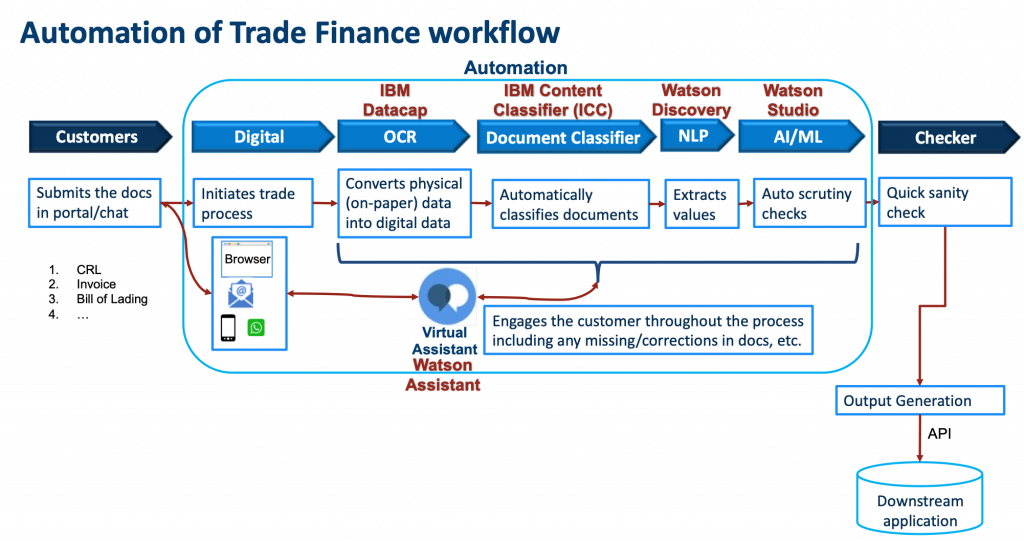Digital Reinvention
India’s Southwest Monsoon Outlook 2020
April 15, 2020 | Written by: IBM India Pvt Ltd
Categorized: Artificial Intelligence | Digital Reinvention
Share this post:
Companies around the globe look to The Weather Company, an IBM Business, to deliver easy-to-use, timely, expert weather guidance. This guidance is used to anticipate market volatility, mitigate risk, and make better business decisions with actionable data in today’s cognitive marketplace. The Seasonal forecast of monsoon in India is crucial in this regard.
The onset of the 2020 monsoon in India is expected to be 31st May, or 1 day earlier than the normal onset date of 1st June. The evidence is weighted towards a wetter-than-normal monsoon this year of a 105% above normal.
 Forecast Issuance Date: 31 March 2020
Forecast Issuance Date: 31 March 2020
According to Dr. Todd Crawford, Senior Meteorological Scientist, Long-Range Forecasting Lead of The Weather Company, this year’s southwest monsoon outlook, issued on March 31, 2020, has a few other key forecast headlines.
- Uncalibrated climate model forecasts suggest an unusually wet monsoon season this year, although his calibrated and bias-corrected model suggests a lesser degree of dryness
- Expecting a transition from weak El Nino conditions towards La Nina conditions as we progress through the monsoon season, which will favor a large-scale atmospheric pattern that will become increasingly conducive to heavier rainfalls later in the season.
- Limitation of a chance of a repeat of the 110% of the normal season we had in 2019 since the Indian Ocean Dipole (IOD) signal will likely not be as positive as last year.
- There is a multi-decadal dry signal that must be accounted for as well, which also skews expectations a bit towards the drier side
Finally, as we take a very early look at the climate model precipitation forecasts for monsoon season (below, from the ECMWF climate model), we can see that there is a very strong wet signal throughout monsoon season, especially late. Drier areas are limited to central and northern regions.

The process of calibration results in forecast distributions that more closely match observed distributions, rather than the typically under-dispersive and biased distributions that we see from the raw ensemble forecasts. The figures below detail our new calibrated precipitation forecasts for India. For the June-August period, the process of calibration and bias correction has resulted in a drier forecast look, especially across northern/eastern India, although on average the country as a whole averages out to near-normal rainfall.

Top customers from the insurance, energy and utilities, agriculture, and retail industries trust The Weather Company, an IBM Business, to provide them with weather insights that impact their operations and decisions. Our Seasonal and Sub-seasonal Forecasts offer the advanced insights needed by businesses across every industry to minimize risks and maximize profit.
Learn more at https://www.ibm.com/weather
To learn how your business can benefit from deeper insights into weather, request a demonstration of our solutions: http://biz.weather.com/request-a-demo.html
Authors:
- Todd Crawford, Senior Meteorological Scientist, Long-Range Forecasting Lead, IBM Cognitive Applications
- Manish Modani, Technical Lead, , IBM Weather Business Solutions, AI Applications
- Himanshu Goyal, India Sales & Alliances Leader, IBM Weather Business Solutions, AI Applications
Insurance Company Brings Predictability into Sales Processes with AI
Generally speaking, sales drives everything else in the business – so, it's a no-brainer that the ability to accurately predict sales is very important for any business. It helps companies better predict and plan for demand throughout the year and enables executives to make wiser business decisions.
Trade Finance Workflow Automation using AI
Trade Finance Workflow Automation using AI
Agile Demand Planning and Intelligent Forecasting using IBM Planning Analytics
Gauging the impact of business disruption seems to be an uphill task during uncertain times. During uncertain times, the requirement is for a solution that provides the ability to quickly assess the impact of business disruption and explore different courses of action. To get a complete picture, the need is to collect data from multiple […]



